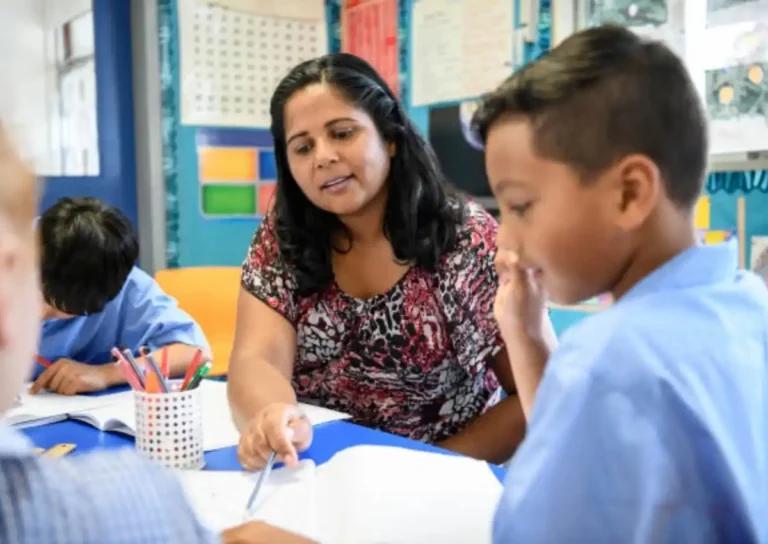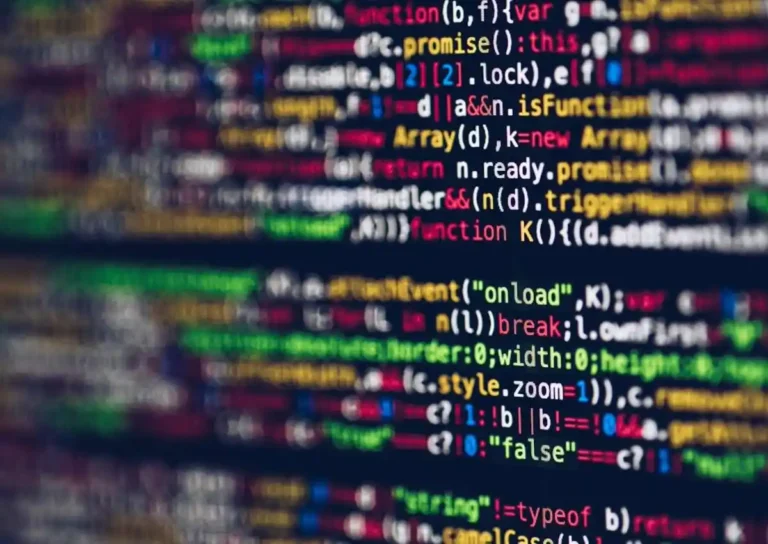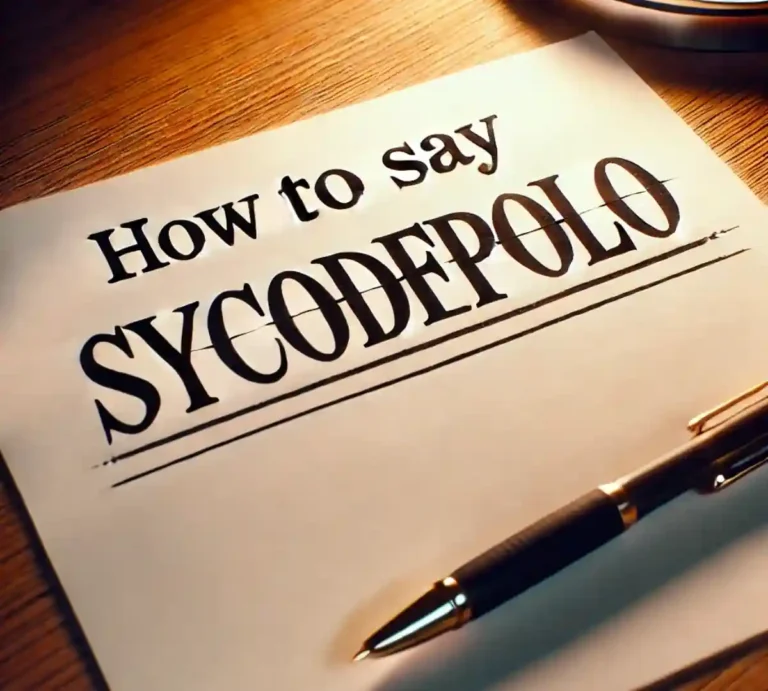7 Effective Strategies to Boost Classroom Engagement
Classroom management and classroom engagement are successful when students connect with activities and content to generate high-quality learning output.
For example, it’s a challenge for most teachers to engage children during a maths class. We are all aware that Maths is a core academic subject and one that opens up many career avenues. However, when kids are in the maths class and working on any solutions, for example, the solutions to 8th standard maths notes, they might not have a good engagement level. This might be because they have not fully understood the concept or want a break from the monotony of routine studies. Hence, classroom management becomes an important strategy to improve classroom engagement.
Moreover, Educators must know that the quality of the teacher-student relationship influences classroom management and student engagement.
How Technology Can Enhance Classroom Engagement
- In an article on Ed Tech Trends in 2022, Forbes reported that the Edtech sector will cross $ 377 billion by 2028.
Technology will create new and robust economies.
- In the same article, a fact corroborated by Forbes reported that 65% of today’s children will be working in sectors that are not yet in existence.
For children to be prepared for these jobs, they need to be backed by the appropriate education.
Technology in education is creating new opportunities and revitalizing the education ecosystem through increased immersion and engagement.
Two of the innovative technologies powering engaging educational content include:
- AR and VR
Augmented Reality and Virtual Reality offer immersive worlds that allow students to study minute details and boost experiential learning. AR and VR are also cost-effective and provide zero-risk knowledge for practical applications.
- Artificial Intelligence
Artificial Intelligence is another ed-tech blockbuster. Teachers usually have to manage their time to cater to tasks like managing routine tasks like, grading multiple choice answers and responding to students’ doubts in real-time. This makes it really difficult to discuss every student’s doubts. Learning with AI is innovative learning with personalization. This helps students connect with learning content and leads to enhanced classroom engagement.
Classroom Strategies
- Activity Planning:
To ensure that the students are focused, teachers can plan different activities in blocks of time to break the monotony, upkeep interest, and enhance intrinsic motivation.
It can be spread out as
- Allocated Time: The period of the duration of that particular class
- Instructional Time: Time spent in teaching or instruction
- Engaged Time: Students engage with activities of their own
Learning Outcome Time: Student-teacher interactive time to assess the learning output
A planned routine can help the teacher break up the period into blocks of time and include activities, individual work, and group work.
- Increase Classroom Engagement by Gamifying Learning
Ask students what interests them and try and incorporate it into the lesson plans. Students can study data analytics by charting their time and performances playing a particular video game.
If the student’s interests are attended to, it will engage them and build a strong relationship with teachers and peers, allowing intrinsic motivation to achieve and perform their best.
- Make use of Dead Time.
“Deadtime” is the when students have nothing to do as the teacher have to attend to some task during the class. This brief window can disrupt students’ attention for the remaining classroom time.
Some ways that it can be utilized is to get them moving and learning at the same time. For example:
- Quick Recall: Ask students to write three points they remember from the lesson shared
- Pair Quizzes: Partners on the same beach can ask each other short Q & As from the task.
- Interactive Classes
Let the students move at fixed periods to absorb the lectures and engage with questions so that they can have a good attention and retention span. Sitting through entire lessons, which are entirely instructor-led, will not ensure their hundred percent focus.
- Let students explain a concept they are familiar with to the class
- Let students split into groups as per their opinion on a specific debate topic.
- Just get them to stand and take a few deep breaths with some hand-clapping to bring in fresh energy.
- A joke or anecdote told by a willing student can refresh everyone.
- Challenge the Students
Instructors can build engagement by creating educational experiences that challenge students academically and allow them to think beyond the textbook curriculum.
Throwing questions at them, asking for their opinions, and allowing them to reflect and question all will enable them to be involved and engaged as it moves the direction of study from instructor-centric to student-centric.
- Build Leadership and Self-Belief
Enhance students’ self-belief — the dominant view is that students engage better when they lead their own learning goals and learning pathway. When scheduling activities and assignments, teachers can factor in their opinions. This allows them to develop commitment and take responsibility for their learning outcomes. A certain amount of freedom will create a sense of competence and make them more engaged and active learners.
- Plan for disruptions
No day is complete without disruptions. Teachers need to plan and anticipate the disruptions, so students do not get disturbed. Through experience, teachers identify when student disruptions are highest. It may be during the start of the lesson, or “dead time,” or if the teacher goes out of the class for a few minutes.
Teachers must allocate activities and sometimes discipline in dealing with these disruptions suitably. If students, while working on an activity like Class 8 Science Worksheets, start to lose interest, it could be time for a “brain break” or a course change. It will not be possible to control all disruptions completely, but teachers can notice disengagement and respond to it accordingly, increasing classroom engagement effectively.
Read Also- Top Apps for Online Shopping
Conclusion
Many Ed-tech companies are bringing in trailblazing and transformative educational practices. Modern education strategies aim to revitalize education and allow children to explore and discover more. This makes students commit to lifelong learning that extends beyond the academic years.






